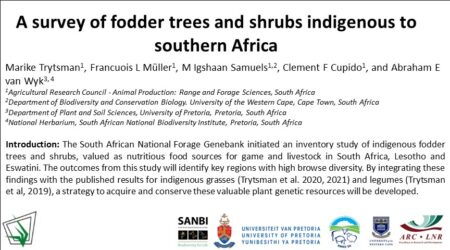Nice to see a couple of examples of agrobiodiversity catalogues, albeit of very different kinds, available online.
The Catàleg de varietats locals de Catalunya (from that autonomous community of Spain’s Department d’Acció Climàtita, Alimentació i Agenda Rural) can be searched online by either cultivated species (hint: “mongueta” is Phaseolus vulgaris) or the “entitat” that is managing the landrace.
On the other hand, the Field Guide to the Cultivated Plants of the Philippines (Volume 1: Commonly cultivated species) from the Southeast Asian Regional Center for Graduate Study and Research in Agriculture (SEARCA) can be downloaded as a beautifully produced PDF.
And since I’m here, I might as well point to a nice infographic summarizing the cultivated Citrus family tree. I may have shared this (or something similar) before, but I’m hoping that if I keep doing so some of the details will eventually stick in my brain.
